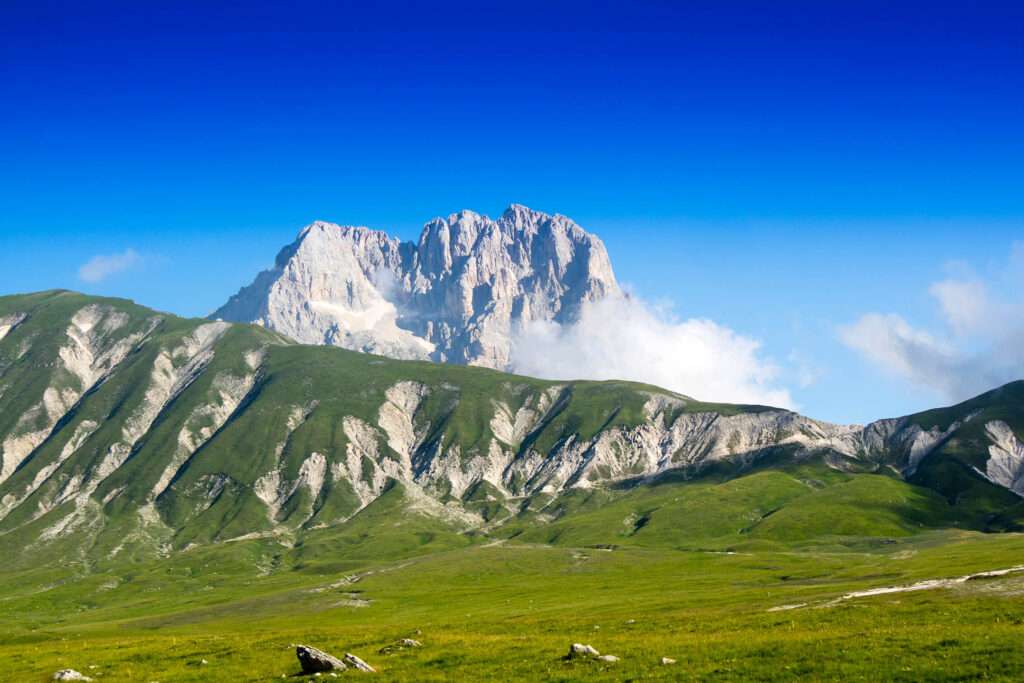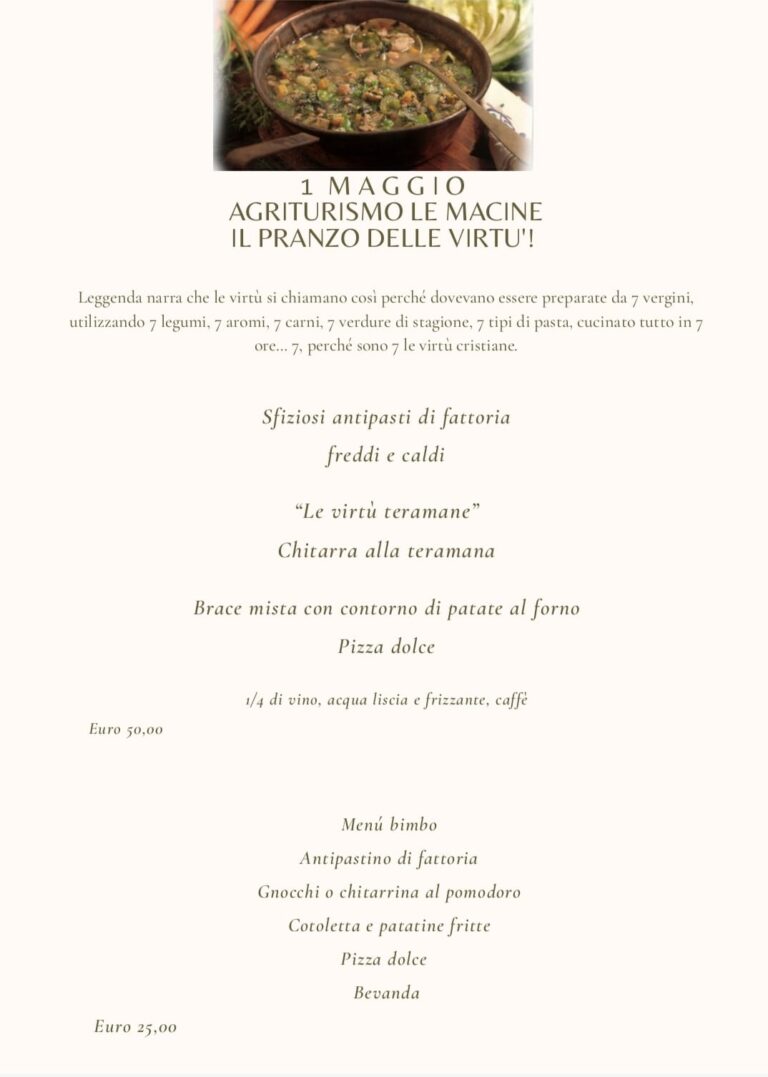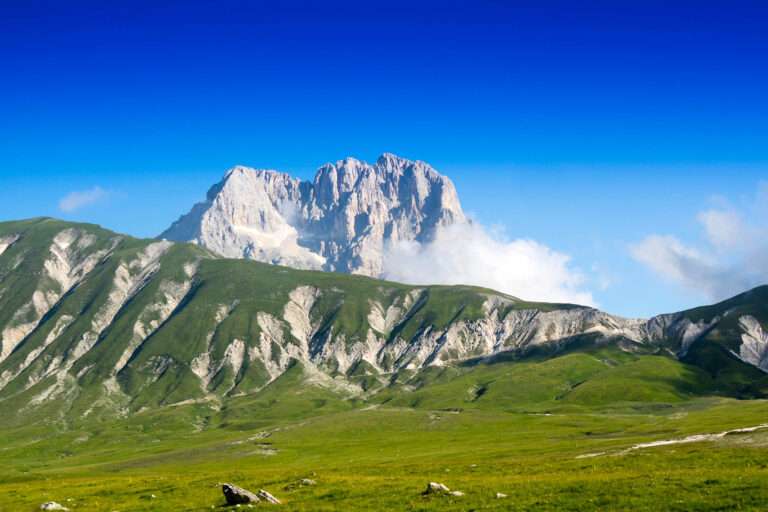Abruzzo, Land of Parks, It is also calledGreen Region of Europe. In fact, in this region there are three National Parks, a Regional Park and 38 between Oases and Regional and State Reserves. In total, the protected areas represent the 30% of the entire regional territory.
NATIONAL PARKS
Abruzzo National Park
The Birth of theAbruzzo National Park dates back to1923 When theRoyal Game Reserve, On the basis of theRoyal Decree, it became the first nucleus of this large Protected Area which currently has an extension of about 44.000 hectares to which must be added the approximately 60.000 hectares of the external protection zone.
TheAbruzzo National Park It is located in the heart of the’Central Apennines straddling the Regions ofAbruzzo, Lazio and Molise. The territory of the Park is characterized by numerous valleys and mountain ranges that even exceed the 2.000 meters such as theMonte Petroso, Monte Marsicano and Monte Greco. The entire protected area is crossed by the course of theSangro River. Inside the Park we also find interestingNatural Lakes such as theLiving Lake, Lake Pataniello and Lake Scanno, as well as iBarrea and Montagna Spaccata artificial basins.
The Park Territory is made up of 21 Municipalities in which a network ofVisitor Centers and Naturalistic Museums. They depart from the Park MunicipalitiesNaturalistic itineraries towards Refuges or simply Protected Areas such as theCamosciara, la Val Fondillo, the Cisterna and Monte Marsicano.
As far as theFlora, The Abruzzo Park Area is undoubtedly the most concentrated synthesis of the natural characteristics of the’Apennines. On the other hand, as far as theFauna there are three animals that characterize the Abruzzo Park with their presence : l’Marsican Bear, the chamois of Abruzzo and the wolf of the Apennines.
Gran Sasso and Monti della Laga National Park
TheGran Sasso National Park – Laga it is one of the largest in Italy and extends for about 160.000 hectares on 44 Municipalities included in theProvinces of L'Aquila, Teramo, Pescara, Ascoli Piceno and Rieti. Inside there are three mountain ranges : theGran Sasso d'Italia Chain, the Laga Massif and the Twin Mountains. The latter are characterised by theBig Horn that with its 2.912 meters is thehighest peak in the Apennines. On the Corno Grande there is theCauldron, the southernmost permanent glacier in Europe. The calcareous nature of the rocks favours the presence of karst phenomena such as caves and excavated forms clearly visible atEmperor Camp, the largest plateau of the Apennines located at an altitude of 1,600 meters.
Within the Laga Mountains is theLake Campotosto, the largest basin in the Region. The whole park is characterized byMedieval Villages and Fortifications of remarkable charm. Among the many we remember the fascinatingVillage of Pietracamela And theRocca di Calascio which has in its Castle one of the symbols of Medieval Abruzzo. The Gran Sasso Park is characterized by thelarge extension of pastures. The Laga Mountains are largely covered byBeech Forests, Fir and Chestnut Trees.
In the Park we find more than2.000 Plant species. TheFauna is represented by rare species such as theWolf of the Apennines, the Wild Cat and especially the Abruzzo Chamois. Birds of prey include thePeregrine, the Falcon Lamario and the Golden Eagle.
Majella National Park
TheMajella National Park, established in 1992, It extends for about 75.000 hectares in the Provinces of Pescara, Chieti and L'Aquila 39 Communes.
TheMajella With its imposing and impenetrable conformation, it has always defended, as aMother, the Abruzzo Territory from the external attacks of man and that is why in the Abruzzo Consciousness it has always represented an inviolable Place, enveloping its peaks in Legends and Myths.
The origin of its name is certainly linked to these myths, which still today has not found a definitive explanation : It is associated by many with the cult of theGoddess Maia which could explain the title of Mother that is attributed to her.
It is a sacred mountain for both pagans and Christians, who erected numerousAbbeys and Hermitages. Among the Abbeys we remember that ofSan Liberatore a Majella (Serramonocesque) and theHermitages of Sant'Onofrio and Santo Spirito where the hermit Pietro da Morrone stayed for a long time, he later became Pope with the name ofCelestine V.
The Majella counting 61 Peaks. The main one is theMonte Amaro that with its 2.795 meters is the second highest peak in the’Apennines. The charm of the Majella is based on its wild nature, on his Walloons, realCanyon, and on its plateaus. Karst mountain, the Majella has numerous moraine amphitheaters and caves. Among the most evocative we remember theCavallone Cave.
As for theFlora, the Majella presents a heritage of plant biodiversity unique in Italy with over 1.800 especially among plants and flowers.
Sirente Regional Park – Velino
Established by the Abruzzo Region in 1989, It extends for about 60.000 hectares bordering the Lazio Region to the west. Inside, it features theMount Velino, that with its 2.468 meters is thethird peak of the Apennines, and theSirente Massif, consisting of a single straight ridge about 15 Km and culminating with the summit of the same name. The Velino and the Sirente are separated from each other by the fault that delimits the’Plateau of the Rocche. In the Sirente Park – Velino, the karst phenomenon is very evident, which, among other things,, gave rise to theStiffe Caves in the Municipality of San Demetrio nè Vestini. TheStiffe Caves they are crossed by an underground river fed by the waters of the sinkholes of the Rocche Plateau. Inside the caves you can admire small lakes and waterfalls that are also high 20 Meters.
TheFlora of the Park is very rich, especially flowers, among which above all blooms of different species of Gentians and on the Rocche Plateau in spring extensive meadows with blooms of Daffodils, which are the subject of a suggestiveFestival in Rocca di Mezzo.
The Park also offers points of historical and artistic interest such as the archaeological excavations ofAlba Fucens located in the territory of Massa d'Albe, ilCastle of Celano and theCastle of Ocre, as well as numerous countries rich in historical testimonies such asFontecchio, Secinaro and Gagliano Aterno.





